|
Your search criteria found 1199 images Target is Jupiter (and available satellites) |
| My List |
Addition Date | Target | Mission |
Instrument
|
Size |

|
2001-02-23 | Io |
Galileo |
Solid-State Imaging |
4000x2500x3 |
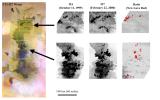
|
|||||

|
2001-02-23 | Io |
Galileo |
Solid-State Imaging |
3347x2531x1 |
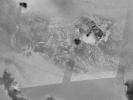
|
|||||

|
2001-03-29 | Io |
Cassini-Huygens Galileo |
Solid-State Imaging |
1100x900x3 |
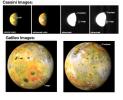
|
|||||

|
2001-06-22 | Europa |
Galileo |
Solid-State Imaging |
536x900x3 |

|
|||||

|
2001-10-04 | Io |
Galileo |
Solid-State Imaging |
690x254x3 |
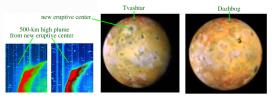
|
|||||

|
2001-11-29 | Callisto |
Galileo |
Solid-State Imaging |
1280x774x1 |
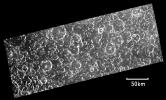
|
|||||

|
2001-11-27 | Io |
Galileo |
Solid-State Imaging |
800x623x3 |
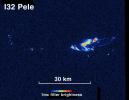
|
|||||

|
2001-11-27 | Io |
Galileo |
Solid-State Imaging |
798x401x1 |
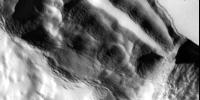
|
|||||

|
2001-12-10 | Io |
Galileo |
Solid-State Imaging |
5065x3361x1 |
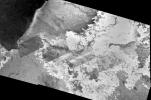
|
|||||

|
2001-12-10 | Io |
Galileo |
Solid-State Imaging |
736x680x3 |
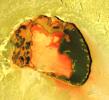
|
|||||

|
2000-08-11 | Europa |
Galileo |
Solid-State Imaging |
3116x2652x1 |
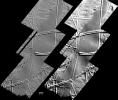
|
|||||

|
2000-09-25 | Jupiter |
Galileo |
Solid-State Imaging |
4306x3306x3 |
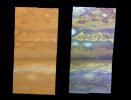
|
|||||

|
2000-09-25 | J Rings |
Galileo |
Solid-State Imaging |
4306x3306x3 |
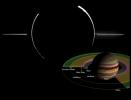
|
|||||

|
2000-09-25 | Europa |
Galileo |
Solid-State Imaging |
4306x3306x3 |
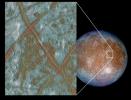
|
|||||

|
2002-10-30 | Europa |
Galileo |
Solid-State Imaging |
849x660x3 |
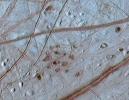
|
|||||

|
2001-03-13 | Ganymede |
Galileo |
Solid-State Imaging |
1078x636x3 |
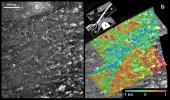
|
|||||

|
2001-03-13 | Ganymede |
Galileo |
Solid-State Imaging |
328x450x3 |

|
|||||

|
2001-03-13 | Ganymede |
Galileo |
Solid-State Imaging |
404x294x1 |
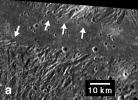
|
|||||

|
2001-03-13 | Ganymede |
Galileo |
Solid-State Imaging |
542x425x1 |

|
|||||

|
2001-03-13 | Ganymede |
Galileo |
Solid-State Imaging |
1089x842x1 |
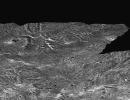
|
|||||

|
2001-08-22 | Callisto |
Galileo |
Solid-State Imaging |
2000x1510x1 |
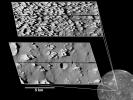
|
|||||

|
2001-08-22 | Callisto |
Galileo |
Solid-State Imaging |
740x753x3 |

|
|||||

|
2002-05-28 | Io |
Galileo |
Solid-State Imaging |
1174x1024x1 |
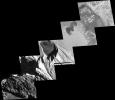
|
|||||

|
2002-05-28 | Io |
Galileo |
Solid-State Imaging |
1280x963x1 |
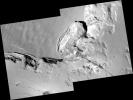
|
|||||

|
2002-05-28 | Io |
Galileo |
Solid-State Imaging |
1280x866x1 |
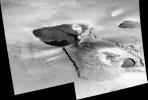
|
|||||

|
2002-05-28 | Io |
Galileo |
Solid-State Imaging |
800x800x1 |
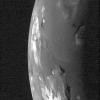
|
|||||

|
2002-05-28 | Io |
Galileo |
Solid-State Imaging |
1280x929x1 |
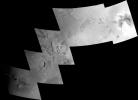
|
|||||

|
2002-05-28 | Io |
Galileo |
Solid-State Imaging |
1122x842x1 |
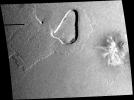
|
|||||

|
2001-12-10 | Io |
Galileo |
Solid-State Imaging |
954x1035x1 |

|
|||||

|
2002-12-06 | Io |
Galileo |
Solid-State Imaging |
1262x1043x1 |
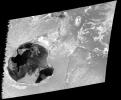
|
|||||

|
2002-12-06 | Io |
Galileo |
Solid-State Imaging |
1907x2955x3 |

|
|||||

|
2002-12-06 | Io |
Galileo |
Solid-State Imaging |
798x561x1 |
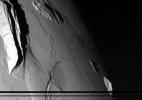
|
|||||

|
2002-12-06 | Io |
Galileo |
Solid-State Imaging |
4200x3200x3 |
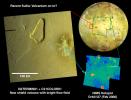
|
|||||

|
2002-12-06 | Io |
Galileo |
Solid-State Imaging |
720x431x3 |
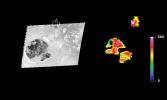
|
|||||

|
2004-08-13 | Ganymede |
Galileo |
Solid-State Imaging |
720x540x3 |
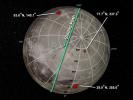
|
|||||

|
2005-05-31 | Amalthea |
Galileo Voyager |
Solid-State Imaging |
1800x541x3 |

|
|||||

|
2007-04-02 | Io |
Galileo Voyager |
Solid-State Imaging |
11445x3643x3 |

|
|||||

|
2011-03-31 | J Rings |
Galileo |
Solid-State Imaging |
715x781x1 |

|
|||||

|
2013-03-05 | Europa |
Galileo |
Solid-State Imaging |
4200x5814x3 |

|
|||||

|
2013-11-25 | Europa |
Galileo |
Solid-State Imaging |
603x433x3 |
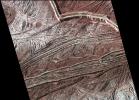
|
|||||

|
2014-07-08 | Europa |
Galileo |
Solid-State Imaging |
766x750x3 |
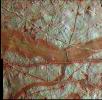
|
|||||

|
2016-05-17 | Europa |
Galileo |
Solid-State Imaging |
1252x2448x3 |

|
|||||

|
2017-02-08 | Europa |
Galileo |
Solid-State Imaging |
1338x2619x1 |

|
|||||

|
2019-04-11 | Europa |
Galileo |
Solid-State Imaging |
1557x1093x3 |
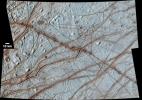
|
|||||

|
2023-04-14 | Europa |
Galileo |
Solid-State Imaging |
400x400x1 |
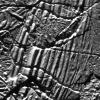
|
|||||

|
2023-04-14 | Europa |
Galileo |
Solid-State Imaging |
360x360x1 |
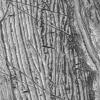
|
|||||

|
2018-12-19 | Jupiter |
Juno |
SRU |
2436x1512x3 |
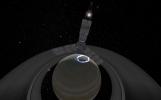
|
|||||

|
2018-12-19 | Jupiter |
Juno |
SRU |
512x512x1 |
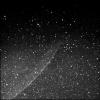
|
|||||

|
2018-12-19 | Jupiter |
Juno |
SRU |
512x512x1 |
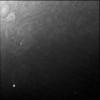
|
|||||

|
2018-12-19 | Jupiter |
Juno |
SRU |
1657x1115x3 |
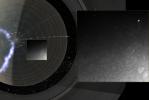
|
|||||

|
2018-12-19 | Jupiter |
Juno |
SRU |
1629x1025x3 |
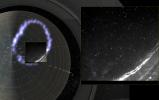
|
|||||

|
2020-12-11 | Jupiter |
Juno |
SRU |
2480x3295x3 |

|
|||||

|
2020-12-11 | Jupiter |
Juno |
SRU |
892x882x3 |
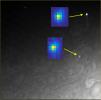
|
|||||

|
2018-12-19 | Jupiter |
Juno |
SRU MWR |
2424x1480x3 |
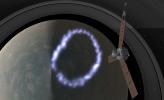
|
|||||

|
2021-03-30 | Jupiter |
Juno |
Stellar Reference Unit (SRU) |
1920x1080x3 |
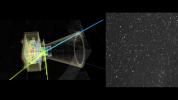
|
|||||

|
2021-06-08 | Ganymede |
Juno |
Stellar Reference Unit (SRU) |
512x512x1 |
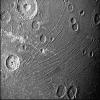
|
|||||

|
2021-12-17 | Jupiter |
Juno |
Stellar Reference Unit (SRU) |
512x512x1 |

|
|||||

|
2021-12-17 | Jupiter |
Juno |
Stellar Reference Unit (SRU) |
547x548x3 |
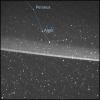
|
|||||

|
2022-10-05 | Europa |
Juno |
Stellar Reference Unit (SRU) |
512x512x1 |
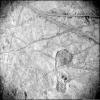
|
|||||

|
2017-05-25 | Jupiter |
Juno |
Stellar Reference Unit (SRU-1) |
512x512x1 |
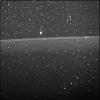
|
|||||

|
2017-06-30 | Jupiter |
Juno |
Subaru Telescope |
392x440x3 |

|
|||||

|
2017-06-30 | Jupiter |
Juno |
Subaru Telescope |
1400x788x3 |
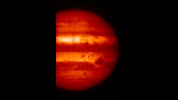
|
|||||

|
2019-04-08 | Jupiter |
Subaru Telescope |
1200x675x3 | |
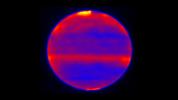
|
|||||

|
2019-04-08 | Jupiter |
Subaru Telescope |
1200x675x3 | |
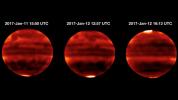
|
|||||

|
2017-05-25 | Jupiter |
Juno |
Ultraviolet Spectrograph |
801x801x3 |
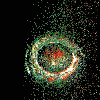
|
|||||

|
2020-10-27 | Jupiter |
Juno |
Ultraviolet Spectrograph (UVS) |
4000x4500x3 |

|
|||||

|
2021-03-16 | Jupiter |
Juno |
Ultraviolet Spectrograph (UVS) |
1667x1250x3 |
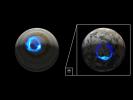
|
|||||

|
1996-01-29 | Jupiter |
Voyager |
VG Imaging Science Subsystem |
940x886x3 |
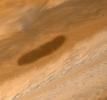
|
|||||

|
1998-06-04 | Europa |
Voyager |
VG Imaging Science Subsystem |
3138x3138x3 |
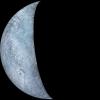
|
|||||

|
1996-02-01 | Jupiter |
Voyager |
VG ISS - Narrow Angle |
895x848x3 |
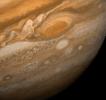
|
|||||

|
1996-01-29 | Io |
Voyager |
VG ISS - Narrow Angle |
1000x1000x3 |
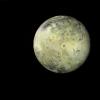
|
|||||

|
1996-08-12 | Callisto |
Voyager |
VG ISS - Narrow Angle |
2000x2000x3 |
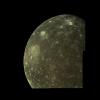
|
|||||

|
1996-01-29 | Ganymede |
Voyager |
VG ISS - Narrow Angle |
2000x2000x3 |
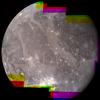
|
|||||

|
1996-01-29 | Jupiter |
Voyager |
VG ISS - Narrow Angle |
820x540x3 |
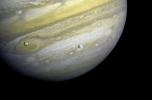
|
|||||

|
1996-03-13 | Jupiter |
Voyager |
VG ISS - Narrow Angle |
1000x1000x3 |
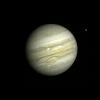
|
|||||

|
1996-07-17 | Ganymede |
Voyager |
VG ISS - Narrow Angle |
300x300x1 |
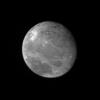
|
|||||

|
1996-07-17 | Ganymede |
Voyager |
VG ISS - Narrow Angle |
300x300x3 |
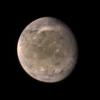
|
|||||

|
1999-03-15 | Ganymede |
Voyager |
VG ISS - Narrow Angle |
600x600x3 |
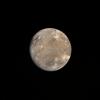
|
|||||

|
1996-07-17 | Ganymede |
Voyager |
VG ISS - Narrow Angle |
460x780x1 |

|
|||||

|
1999-02-06 | Ganymede |
Voyager |
VG ISS - Narrow Angle |
740x730x3 |
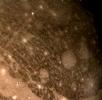
|
|||||

|
1999-02-06 | Ganymede |
Voyager |
VG ISS - Narrow Angle |
816x870x3 |

|
|||||

|
1999-03-06 | Jupiter |
Voyager |
VG ISS - Narrow Angle |
1000x1000x3 |
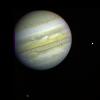
|
|||||

|
1999-03-06 | Jupiter |
Voyager |
VG ISS - Narrow Angle |
916x783x3 |
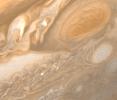
|
|||||

|
1999-03-06 | Jupiter |
Voyager |
VG ISS - Narrow Angle |
915x894x3 |
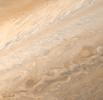
|
|||||

|
1999-08-31 | Io |
Voyager |
VG ISS - Narrow Angle |
619x721x3 |

|
|||||

|
1999-03-06 | Callisto |
Voyager |
VG ISS - Narrow Angle |
600x640x3 |

|
|||||

|
1996-11-13 | Jupiter |
Voyager |
VG ISS - Narrow Angle |
850x575x3 |
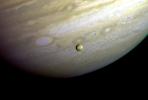
|
|||||

|
1996-11-13 | Jupiter |
Voyager |
VG ISS - Narrow Angle |
790x900x3 |

|
|||||

|
1996-11-16 | Io |
Voyager |
VG ISS - Narrow Angle |
325x400x1 |

|
|||||

|
1996-11-16 | Io |
Voyager |
VG ISS - Narrow Angle |
220x300x1 |

|
|||||

|
1996-11-16 | Io |
Voyager |
VG ISS - Narrow Angle |
800x795x1 |
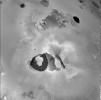
|
|||||

|
1997-01-09 | J Rings |
Voyager |
VG ISS - Narrow Angle |
439x545x1 |

|
|||||

|
1997-01-09 | J Rings |
Voyager |
VG ISS - Narrow Angle |
439x545x1 |

|
|||||

|
1997-01-09 | Io |
Voyager |
VG ISS - Narrow Angle |
680x500x1 |
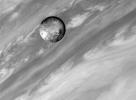
|
|||||

|
1997-01-09 | Io |
Voyager |
VG ISS - Narrow Angle |
140x140x1 |
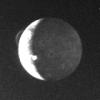
|
|||||

|
1997-01-09 | Ganymede |
Voyager |
VG ISS - Narrow Angle |
700x500x1 |
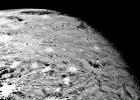
|
|||||

|
1998-06-08 | Io |
Voyager |
VG ISS - Narrow Angle |
1150x1430x3 |

|
|||||

|
1996-09-26 | Jupiter |
Voyager |
VG ISS - Narrow Angle |
600x600x3 |
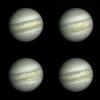
|
|||||

|
1996-09-26 | Jupiter |
Voyager |
VG ISS - Narrow Angle |
500x500x3 |
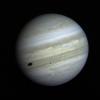
|
|||||

|
1996-09-26 | Jupiter |
Voyager |
VG ISS - Narrow Angle |
846x800x3 |
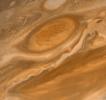
|
|||||

|
 |
 |
 |
 |
 |
 |
 |
 |
 |
 |

|
| 1-100 | 101-200 | 201-300 | 301-400 | 401-500 | 501-600 | 601-700 | 701-800 | 801-900 | 901-1000 |
| Currently displaying images: 1001 - 1100 of 1199 |